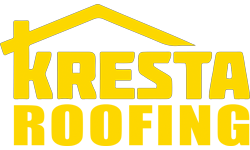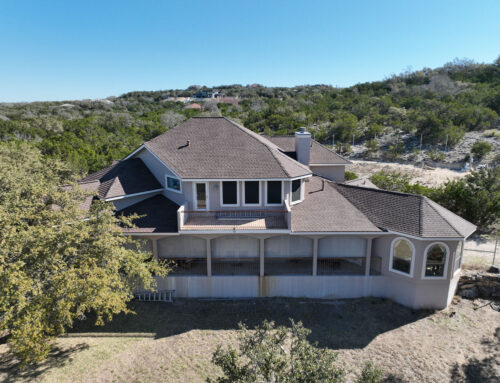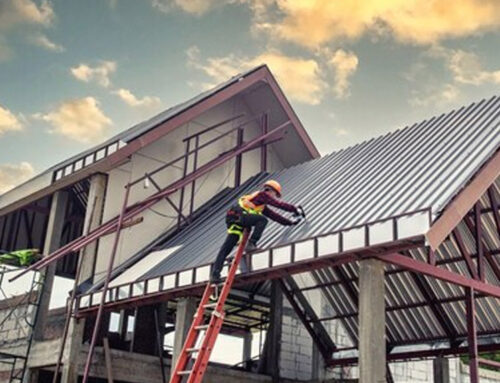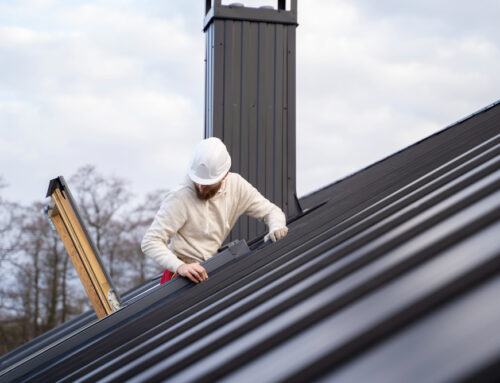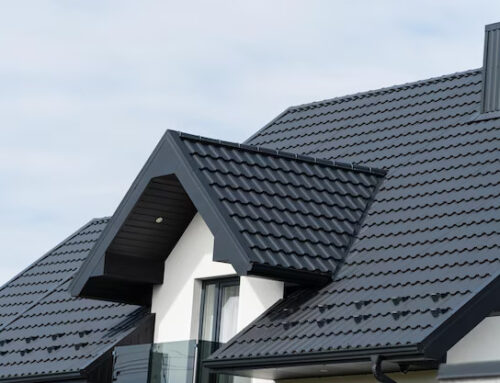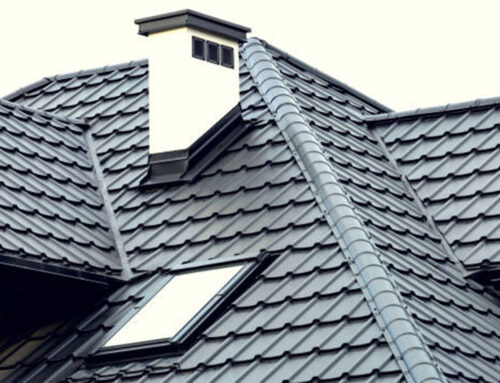The Benefits of Energy-Efficient Roofing Options
The Benefits of Energy-Efficient Roofing Options in San Antonio, Texas has become important in today’s modern construction as we search for options with high sustainability and energy efficiency. Beyond mere shelter for our homes, roofs play a pivotal role in regulating indoor temperatures and reducing energy consumption which is vital during our extremely hot summers. From standing seam metal roofs, to innovative solutions like green roofs (a roof covered in soil and vegetation on a traditional roof), cool roofs (a treated roof that reflects sun rays away from the house), and solar panels, the realm of energy-efficient roofing offers a diverse array of choices. Let’s discuss the many benefits of embracing these environmentally conscious roofing options.
Energy Savings

One of the most noticeable benefits of energy-efficient roofing is its ability to bring down your energy consumption bills by 10% to 20%. These roofs lessen the need for air conditioning during our hot Texas summers by reflecting sunlight and absorbing less heat. Cool roofs, for instance, can decrease indoor temperatures by several degrees, translating into substantial savings on cooling costs. Also, adding solar panels with energy-efficient roofing systems will create clean, renewable energy, further offsetting electricity expenses and promoting energy independence. This will also help during the winter months by keeping warm air inside and keeping your heating costs down.
Enhanced Durability

Energy-efficient roofing options offer not only energy savings and environmental benefits but also notable advantages in terms of durability and longevity compared to traditional roofing materials. Typically made from materials like steel, aluminum, or copper, metal roofing systems are engineered to withstand harsh weather conditions. Metal roofs also have a longer lifespan, more than 50 years, and require less maintenance and less frequent replacement which minimizes waste. Similarly, cool roofs constructed with reflective coatings have enhanced resistance to UV degradation and weathering, prolonging their longevity. Cool roofs also exhibit superior resistance to thermal cycling, which occurs when roofing materials expand and contract in response to temperature fluctuations. This resistance to thermal stress minimizes the risk of cracking, splitting, and other forms of damage, ensuring their long-term performance and durability. Installing durable roofing systems not only ensures long term financial savings but also reduces the carbon footprint associated with frequent replacements and repairs.
Improved Comfort and Indoor Air Quality

Energy-efficient roofing contributes to a more comfortable indoor environment by reducing temperature and reducing humidity levels. These roofs create a cooler and more pleasant living space by preventing excessive heat buildup, particularly during our 100+ degree summers. Green roofs are not only energy-efficient but are also excellent natural insulators. They buffers sound and reduces noise pollution leading to a quieter and calmer household. Additionally, certain roofing materials like metal, are resistant to mold, mildew, and pests, thereby enhancing indoor air quality and promoting occupant health.
Environmental Impact

Energy-efficient roofing materials contribute significantly to environmental conservation. Unlike asphalt shingles that absorb and trap heat, options like metal roofs, cool roofs and green roofs reflect sunlight and absorb less heat. By reducing heat absorption and mitigating “urban heat islands“, these roofs help combat rising temperatures, extreme weather events, reduce air pollution, and lower greenhouse gas emissions. Moreover, certain materials used in energy-efficient roofing, such as metal, help conserve natural resources by reducing the demand for virgin materials and minimizing waste because they are easily recycled. As communities grapple with severe weather and extreme temperatures, investing in resilient roofing solutions becomes imperative for ensuring the long-term sustainability and livability of urban environments.
You may be wondering what urban heat islands are. The urban heat island effect (UHI) refers to the phenomenon where urban areas experience significantly higher temperatures than their surrounding rural areas due to human activities and infrastructure. This effect is primarily driven by the modification of land surfaces, replacement of natural vegetation with buildings and pavement, and the release of heat from various sources such as vehicles, industry, and air conditioning systems. The consequences of the urban heat island effect are far-reaching and include:
- Increased Energy Consumption
- Air Quality Degradation
- Environmental Impact
- Disrupt Ecosystems
- Climate Change Amplification
Regulatory Compliance and Incentives

With increasing emphasis on sustainability and energy efficiency, many municipalities and governments are implementing building codes and regulations that incentivize the use of energy-efficient roofing materials. Texas offers homeowners Energy Efficiency Tax Credits for new qualifying energy-efficient roofs. Check to see if you can find any other kinds of solar rebates offered by utilities in your specific city.
From mitigating environmental impact to maximizing cost savings and improving occupant comfort, the benefits of embracing these innovative roofing solutions are numerous. Kresta Roofing has installed energy-efficient metal roofs over the past 40+ years throughout San Antonio, Boerne, and the surrounding areas. Contact us today to learn more about the roofing systems we offer and to schedule a Free Roof Inspection and Quote.
